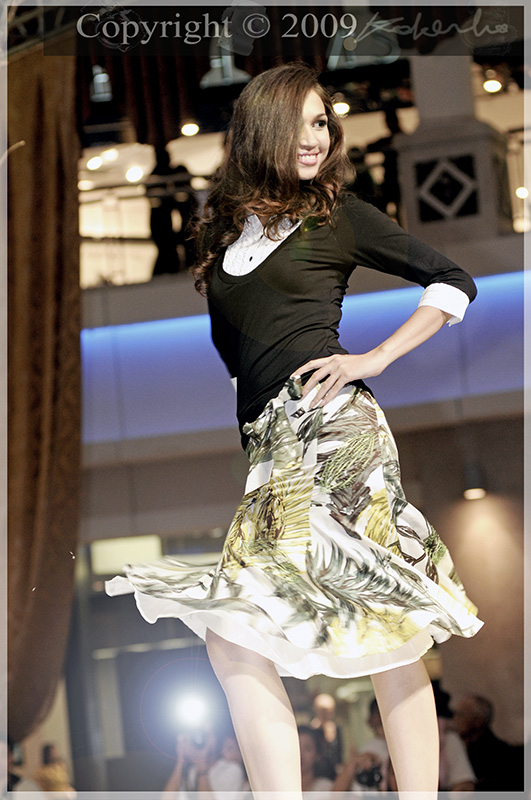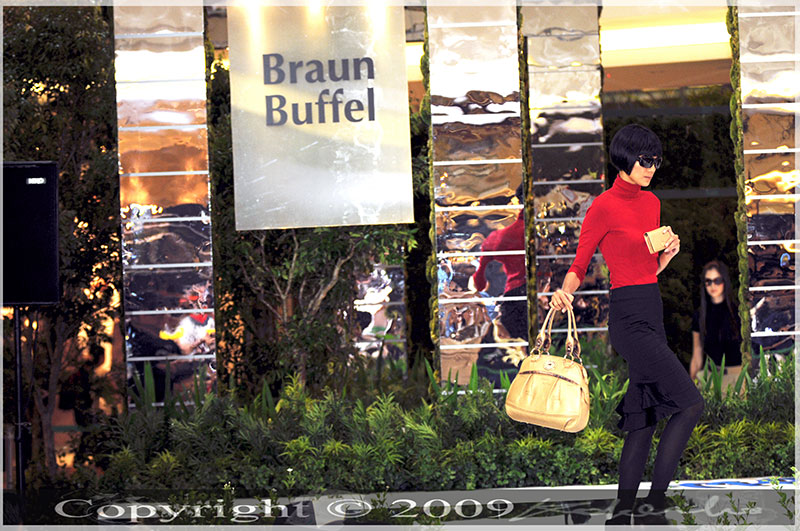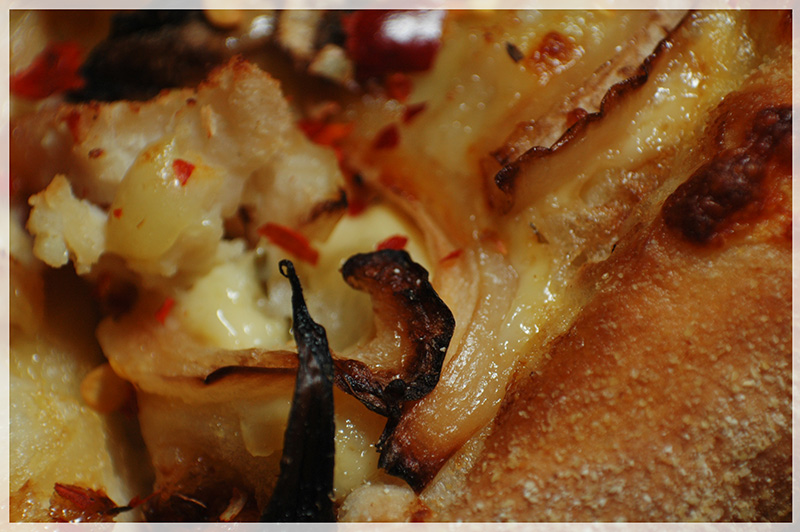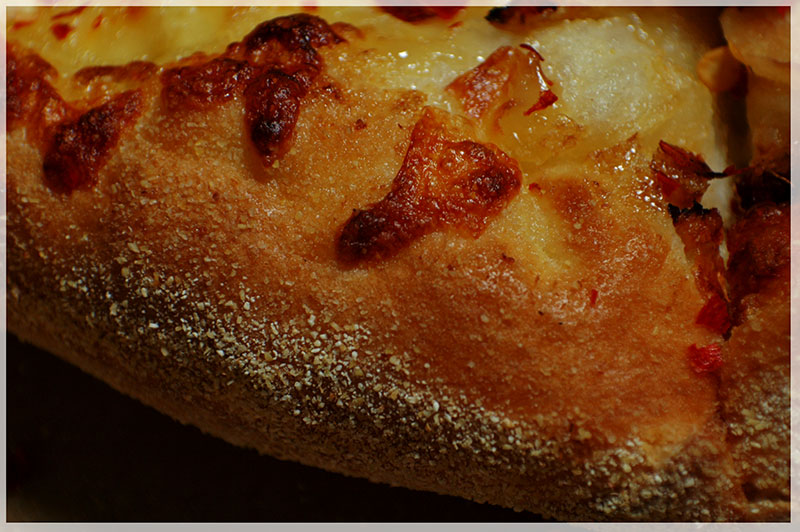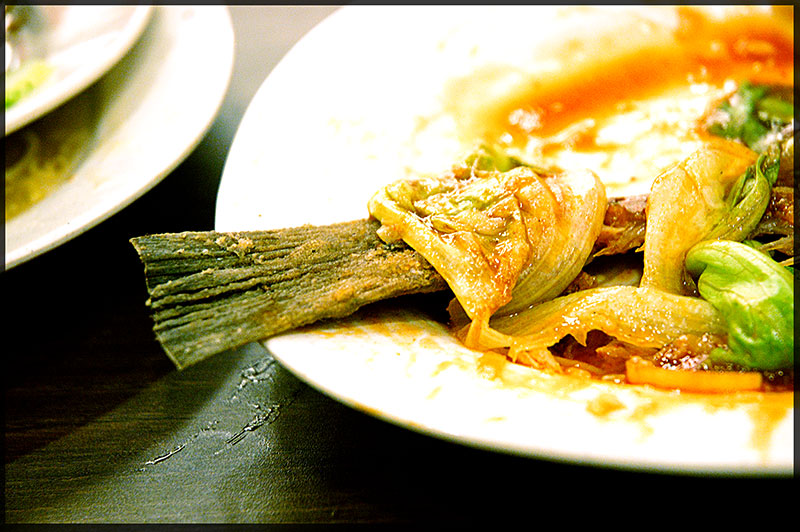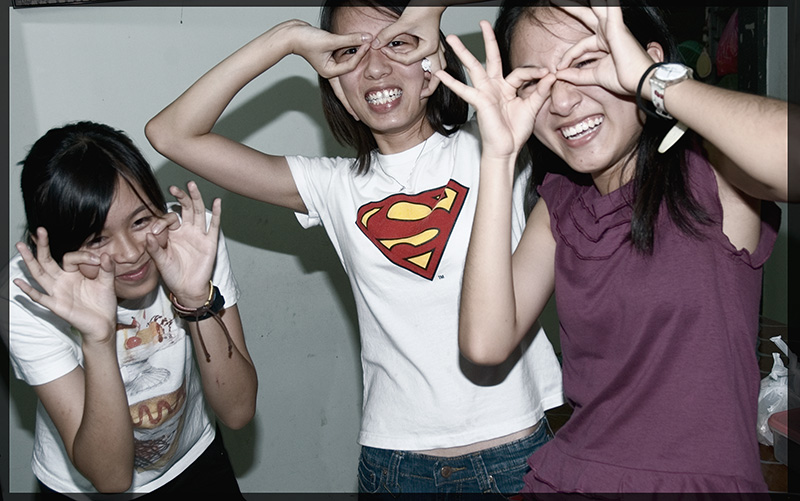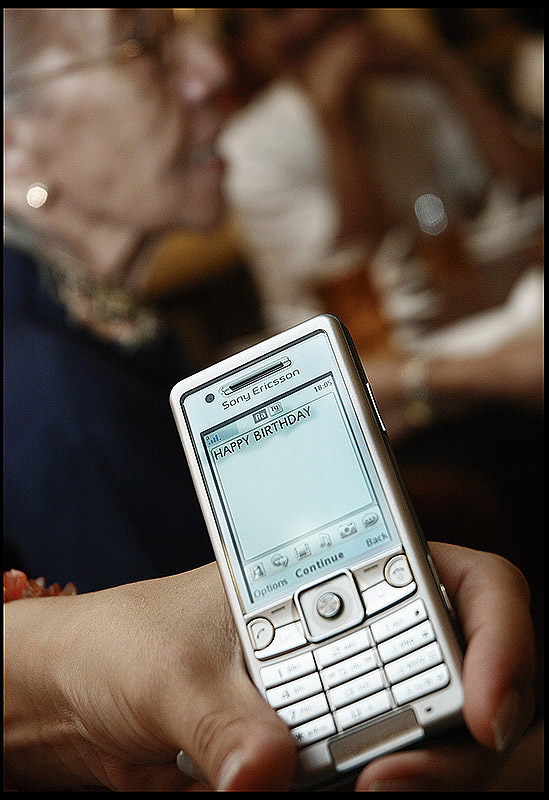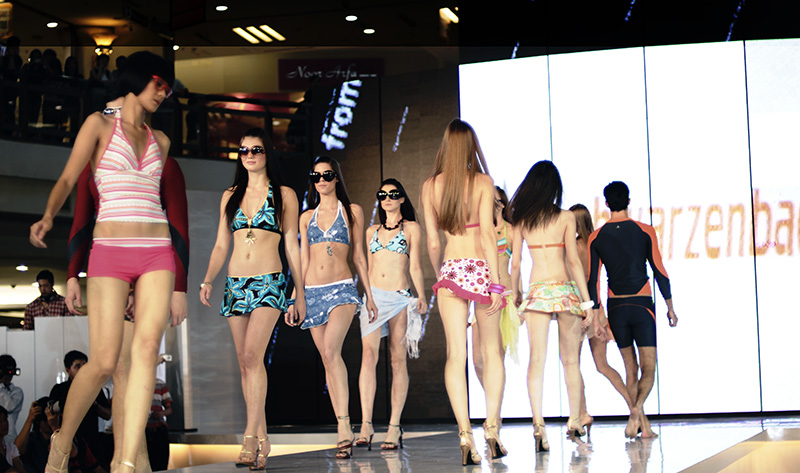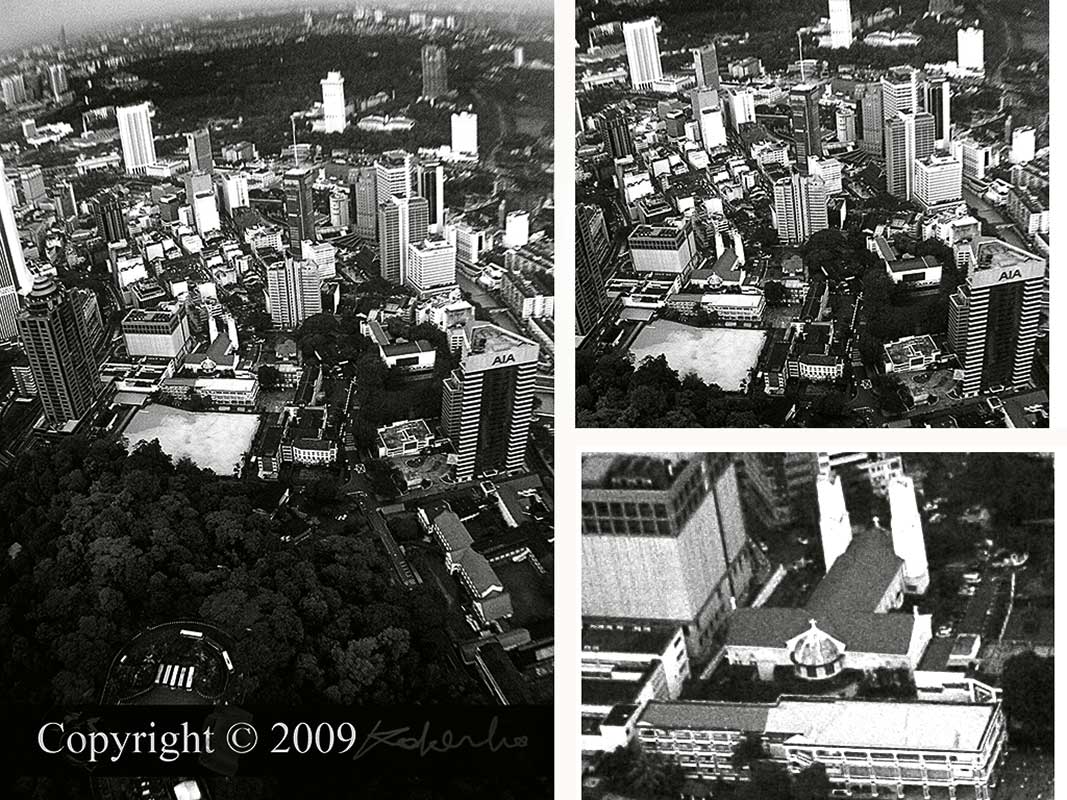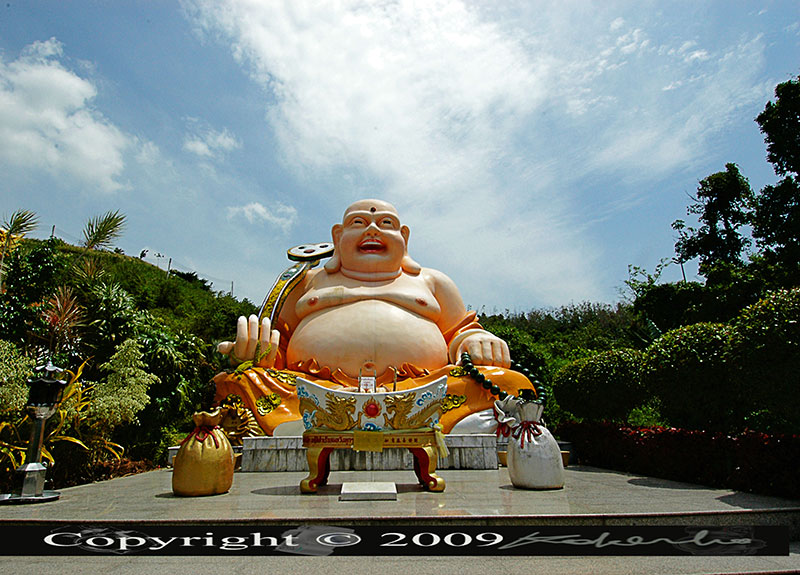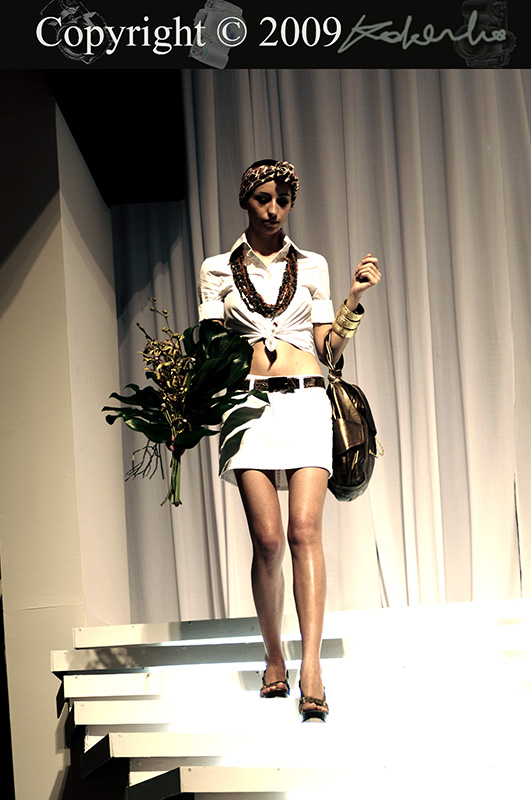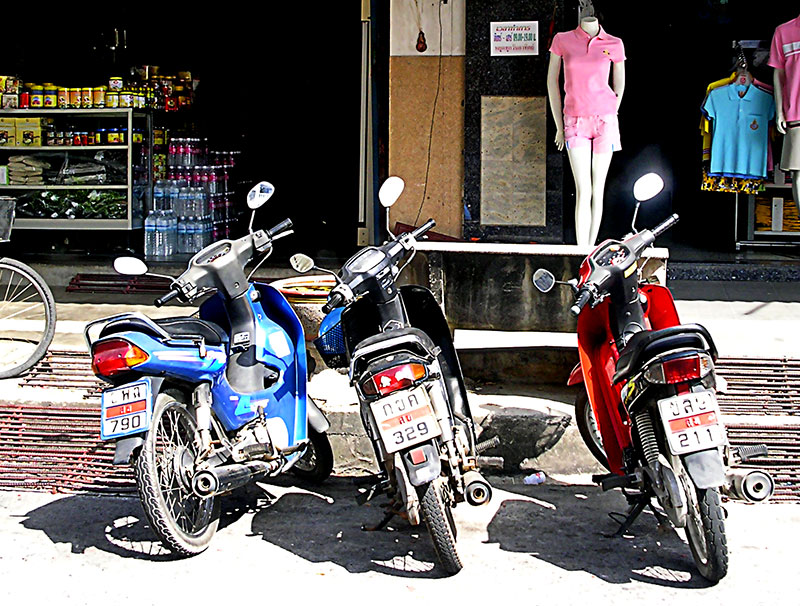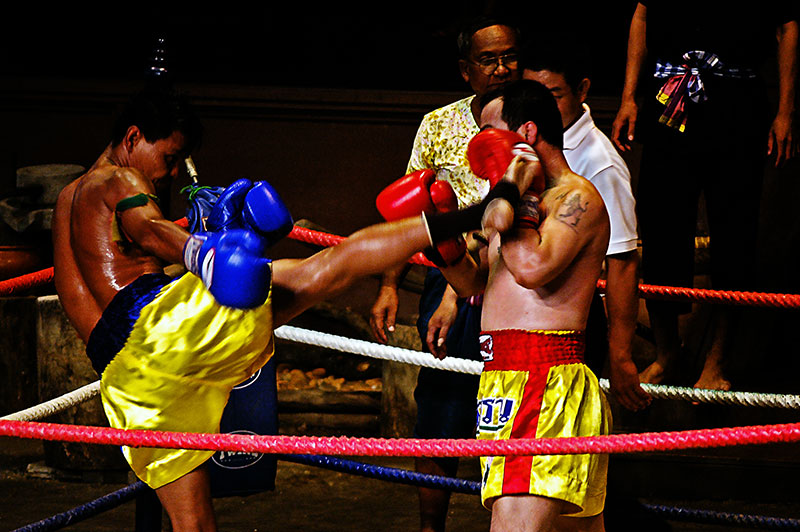Sunday May 24, 2009
Making it safe to drink
By LEE TSE LING
Photos courtesy of Procter & Gamble
THE STAR-ONLINE-http://thestar.com.my/lifestyle/story.asp?file=/2009/5/24/lifefocus/3909048&sec=lifefocus
A little sachet of chemicals and a lot of good intentions are helping millions of people around the world get the clean and safe water that is their right.
THIRTY minutes ago, the water in the cup I’m holding and am about to drink was flowing past Masjid Jamek, Kuala Lumpur, in the Klang River. Once the wealth of our ex-tin mine capital city, the mighty river today boasts a wealth of another sort: assorted filth, drowned vermin and diarrhoea potential.
In the bright afternoon light, the water I’d hauled out of the river with a bucket and string was pale yellow-grey and cloudy. Floating in it were fine specks and some leaves but, thankfully, none of the rubbish I can see caught around the pillars supporting the nearby LRT station.
 That woman collecting water from the lake treated it with Pur – only to have the purified water stolen later. That’s how precious clean water is in the remote areas of Kenya.
That woman collecting water from the lake treated it with Pur – only to have the purified water stolen later. That’s how precious clean water is in the remote areas of Kenya. While I was extracting my sample, a catfish (or what looked like one) breached the river’s surface briefly and rolled back into the murk. The sighting was reassuring – it lives! So will I! – though I was less concerned about the creatures I could see than the ones I couldn’t: disease causing microbes like Escherichia coli (which can cause violent and bloody diarrhoea at its worst), Salmonella (typhoid fever), and Vibrio cholerae (cholera), and parasites like Giardia and Cryptosporidium.
But I’m by the smelly river’s bank to demonstrate a point, not fulfil a death wish.
Thirsty Third World
According to the World Health Organisation (WHO), over a billion people around the world have no regular access to drinking water that is any safer, and is often worse, than what I had just collected.
As a result, 1.6 million of those billion people die every year from diarrhoeal diseases. Of that number, 90% are infants and children living in the developing world. In Asia, 2,000 children die every day for a lack of this most basic human right (see It’s a right, next page).
 Jenima Odo and Dr Gregory Allgood in Kenya. Odo is convinced Pur helped lift her from her deathbed and is now a passionate advocate of the product.
Jenima Odo and Dr Gregory Allgood in Kenya. Odo is convinced Pur helped lift her from her deathbed and is now a passionate advocate of the product. Going to the Klang River and doing this for this story, hardships I had only read about took on a sweaty reality: Water is heavy and hauling it is tough work. On a hot day like this, all I want is a drink. Yet I’m afraid to drink the only water I have immediate access to because it is filthy and I don’t want to get sick.
For a moment, I felt connected to those unfortunate billion-plus people by thirst and fear.
But then I took a light blue packet of Pur (or PuR, as it’s written on the packet) from my pocket, emptied its contents into my bucket, and severed my lot from theirs instantly.
Light packets, heavy impact
Pur is a small-scale household water purifier made by multinational consumer goods manufacturer, Procter & Gamble (pg.com). Lighter than a sugar packet, each 4g sachet is capable of turning 10 litres of contaminated water into 10 litres of safe drinking water in half an hour.
“Essentially, Pur is a water treatment plant in a packet,” explains P&G director of clean drinking water Dr Gregory S. Allgood. “All the ingredients used in Pur are used to treat water at a municipal level.”
StarMag spoke to the public health expert and chair of communication and advocacy for the WHO’s International Network to Promote Household Water Treatment and Safe Storage at a regional P&G seminar in Kerala, India, in March.
“It removes things, it kills things, and leaves something in the water to prevent contamination,” Dr Allgood says. “It removes dirt from the water so it’s clear, it removes parasites and worms, and also some pollutants like arsenic, lead, and DDT. It kills 99.99999% of the microbes that harm us. And it leaves a little chlorine in as a disinfectant.
“The typical reaction (to Pur) is amazement. For a lot of people, because they’ve been drinking dirty water their whole lives, it’s a huge paradigm shift. When they see this stuff fall out, most say, ‘Oh my god, look at what we’ve been drinking! Now we understand why our water’s so bad’.”
But the results aren’t just visually dramatic. In clinical trials conducted by the US Centers for Disease Control and Prevention (CDC) and Johns Hopkins University, Pur reduced diarrhoeal disease by:
■ 24%-29% in 2,981 people observed using Pur over a year in rural Guatemala;
■ 59%-64% in 12,090 people observed over 39 weeks in urban Pakistan; and
■ 87%-95% in 2,191 people observed over 12 weeks in a Liberian refugee camp.
The evident impact of treating water highlights the urgent need to do so. As the late Dr Lee Jong-Wook, former director-general of the WHO, stated, “... Once we can secure access to clean water and to provide adequate sanitation facilities for all people, irrespective of the difference in their living conditions, a huge battle against all kinds of diseases will be won.”
Not for profit
Development of Pur began in the early 1990s when P&G identified a market for drinking water treatment systems in the developing world. At the time, the company was already producing a range of household water filter systems under the same brand name. But these systems were irrelevant in the developing world, where the quality and accessibility of water varied greatly from location to location. So teaming up with the CDC in 1995, the company began looking at alternative treatment methods.
The winning formula was developed by two of its scientists, Philip Souter and Colin Ure.
P&G envisioned Pur profit and product penetration deep in the developing world. However, by 2001, it was obvious that getting the life-saving packets to the people who needed them just cost too much. At this time, Dr Allgood was in Kenya, testing Pur on the ground.
He recalls: “We borrowed this woman’s bucket, treated her water, and she was amazed. And as we talked about it, we sort of meandered down to the bank of the pond where she collected the water – this really nasty pond where you wouldn’t want to walk.
“This guy was standing to the side the whole time. We didn’t really notice him or talk to him, but when we walked down to the bank of the river, he stole the water! It was so valuable there to have clear and clean water that he stole it. Before we left, she got down on her hands and knees and she begged us for more Pur.
“I was thinking, wow, we have this difficulty reaching people who need this product but clearly people really, really need and want it. I decided then I was going to do whatever it took to make it sustainable for us.”
Dr Allgood’s solution was to lobby P&G to continue producing and distributing Pur not for profit but as a philanthropic initiative. After several more years of CDC Pur trials in Guatemala (2001-2003) and one last attempt to commercialise Pur in Pakistan (2004), P&G agreed.
In 2005, Pur was officially re-launched to be sold at cost or given free (when paid for by donors) to governments and organisations that needed it, and P&G’s Children’s Safe Drinking Water programme was born (csdw.org).
Safe water and HIV/AIDS
While the impact of clean drinking water on health was proven time and again in the communities it reached out to, P&G was still surprised by the effect Pur had on people living with HIV/AIDS.
HIV-infected persons have impaired immune systems that cannot cope with any attacks, including by waterborne microbes in dirty drinking water. As a result, they experience persistent and severe, even fatal, diarrhoea. Removing these microbes produces massive health benefits, a fact that has prompted Dr Allgood to shift Pur’s distribution strategy over the last two years.
“So much work is done and so many development dollars go into HIV/AIDS alleviation, I sort of thought clean drinking water would be in competition with their efforts. And in fact that was true. When I first went into South Africa, the HIV/AIDS group there said, ‘Well, yes, we know people need safe drinking water but we’re just going to do HIV/AIDS’. So we decided to delay and not go into South Africa, but we went to Kenya.
“The area we’re working in there has one of the highest HIV/AIDS infection rates in the country, and we started having women come to us and tell us what a dramatic health improvement they’d had (since they started using Pur to treat their drinking water). It was anecdotal at the time, but we kept hearing it.
“Working with the CDC, we did a study that showed a reduction not only in diarrhoeal disease, but also in deaths. (Pur) was literally saving lives and we really needed to get other people interested in this big transformation.”
The catalyst Dr Allgood was looking for materialised sooner than he expected. The day after he personally resolved to target Pur towards HIV/AIDS, Jemima Odo walked up to him and began to tell her story.
When Pur came to Odo’s community, the HIV-positive woman weighed less than half her normal weight and was bedridden by disease. After she started using the little blue sachets, her chronic diarrhoea stopped and she got up from what would surely have been her deathbed.
In time, she regained her strength, weight, and enough health to start selling the product in both senses of the word: passionately passing on the story of her Pur miracle and purchasing it at a low cost from the Society for Women and AIDS to resell to her neighbours. With the income she generates from this and the sale of other health products, Odo raises 30 children who have been orphaned by HIV/AIDS.
When she finished telling her story, Odo made a request. “She said, ‘I want you to tell my story to other people’,” Dr Allgood recounts. “So I did, and that’s resulted in tens of thousands of people getting Pur along with their anti-retroviral medications.
“From this one woman, tens of thousands are being helped – it’s a Lazarus-like effect we’re seeing. (According to the Bible story, Lazarus was raised from the dead by Jesus Christ.)
“This wasn’t part of our original strategy, I even thought it would be going against our strategy, but now it’s going to be a very, very important part of our strategy. In fact, in the future, I wouldn’t be surprised if a large proportion of Pur that’s provided is specifically for people living with HIV/AIDS.”
We’ll drink to that
To date, Pur has provided the thirsty Third World with more than 1.3 billion litres of safe drinking water at a little over one US cent per litre (each packet costs 10 US cents, or 36 sen, to produce and half a cent, or 18 sen, to ship in 6m sea containers that can accommodate 1.1 million packets each).
“We’re pretty set for a long time for manufacturing capacity,” says Dr Allgood, who has already secured funding from P&G to scale up production at its Pakistan plant. More money for capital expenses was no small thing to ask for in a global economic recession, but P&G agreed. The current annual capacity of the plant is 50 million packets. By July 1, it should be 150 million.
Based on what they know about Pur’s distribution and the burden of disease where it is distributed, P&G estimates Pur has prevented 55 million days of diarrhoeal disease and saved more than 7,300 lives worldwide.
“That’s a good start,” concedes Dr Allgood, but “By 2012, we’re going to provide at least 3.5 billion litres of clean drinking water to prevent 200 million days of diarrhoeal disease and help us save 20,000 lives.”
Here’s hoping one of them will be mine.
Gulp.
To find out what happened after that mouthful of Klang River water, read Pur in practice (on SM4) for laboratory results and a quick chemistry lesson.
To watch a demonstration of Pur working, go to the Children’s Safe Drinking Water website, csdw.org. Dr Gregory S. Allgood writes about his experiences with Pur in Third World countries at his blog at childrensafedrinkingwater.typepad.com/pgsafewater. Or subscribe to Pur’s Notes on Facebook at facebook.com/pages/PUR/9335956377.
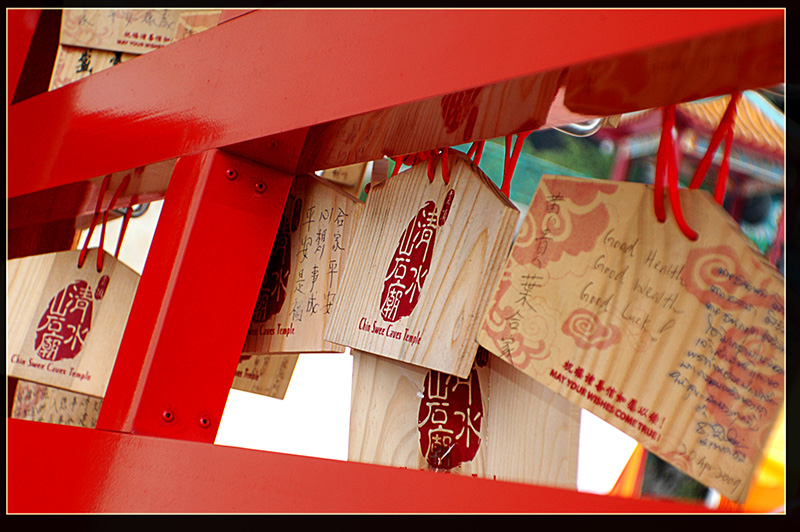


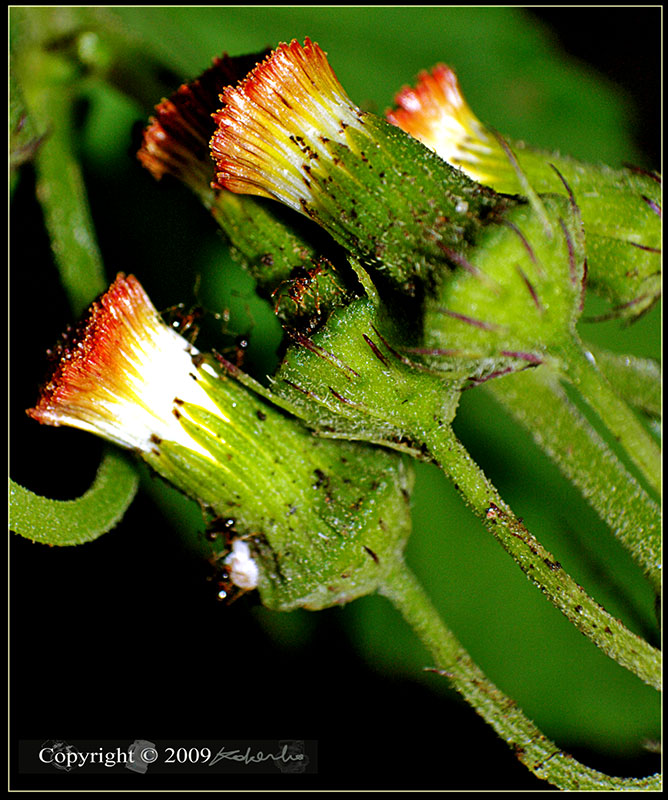

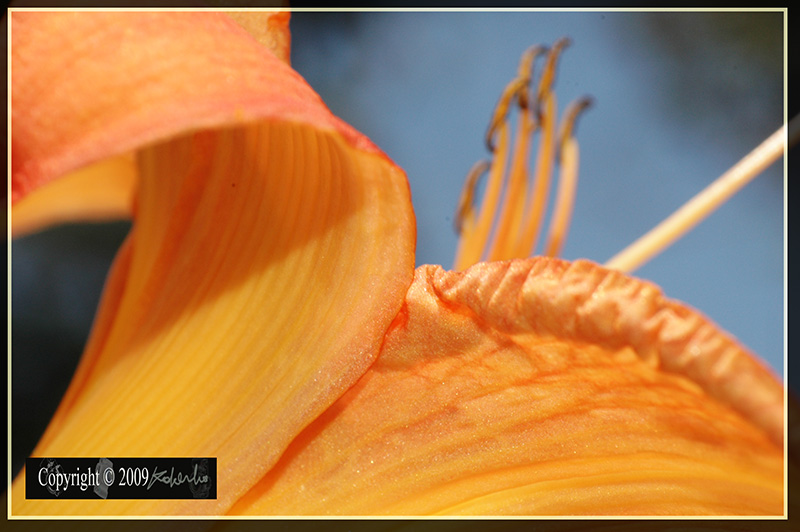
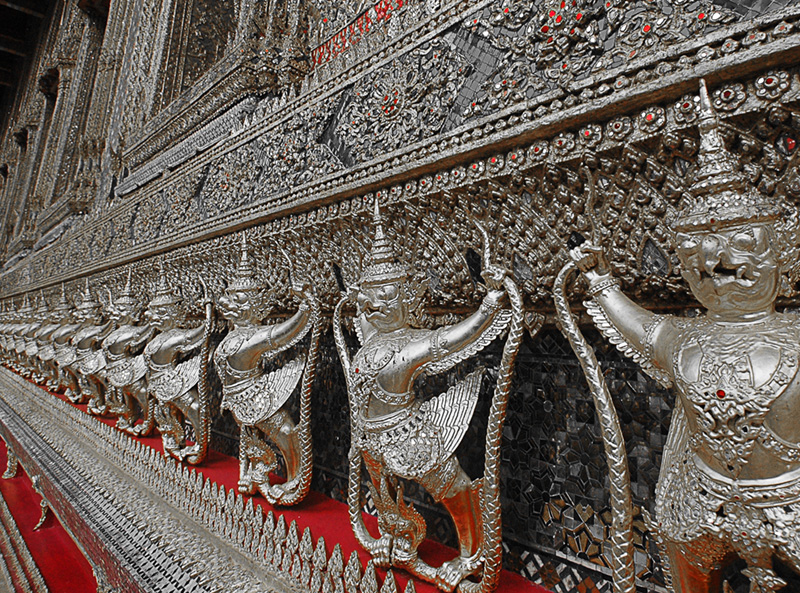
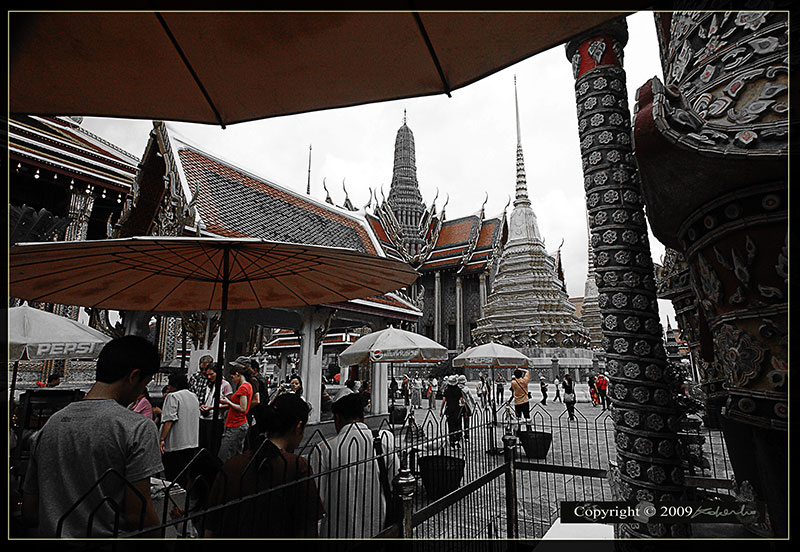
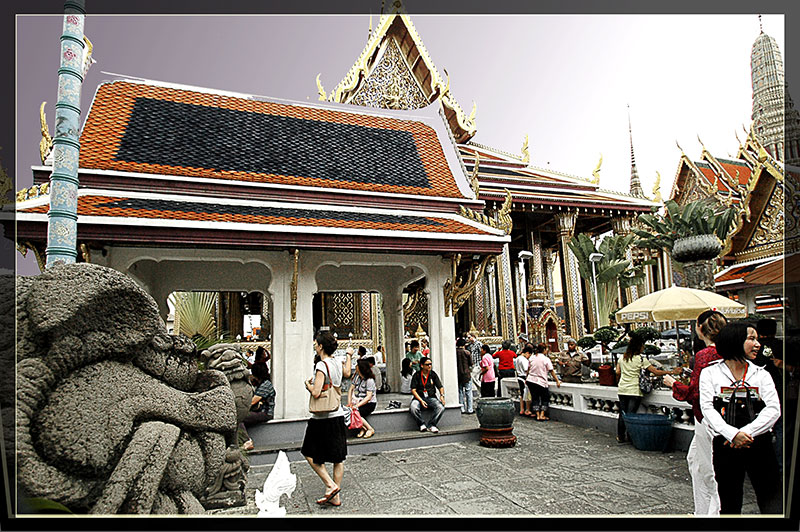 We wanted to learn more, hence our tour guide explained the story of good vs evil.
We wanted to learn more, hence our tour guide explained the story of good vs evil. 


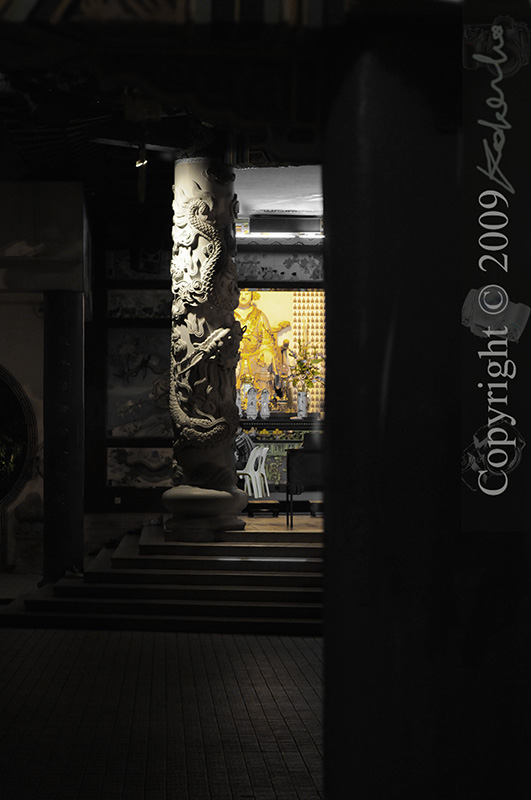
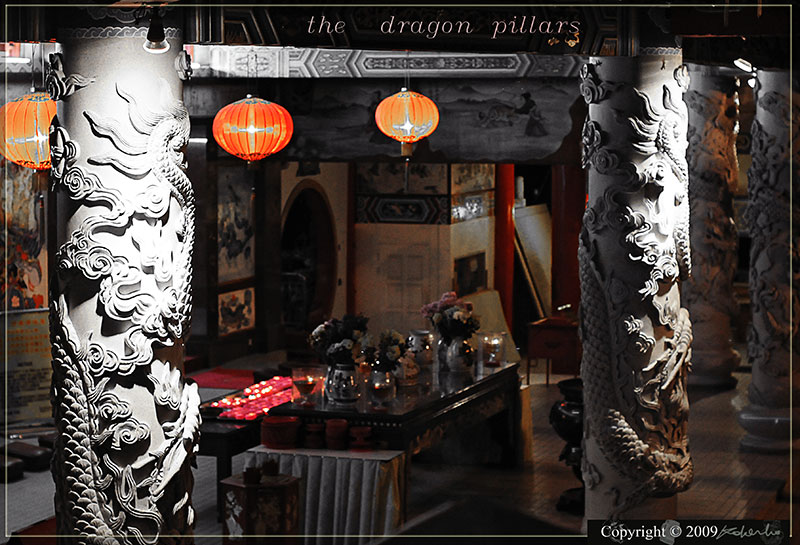

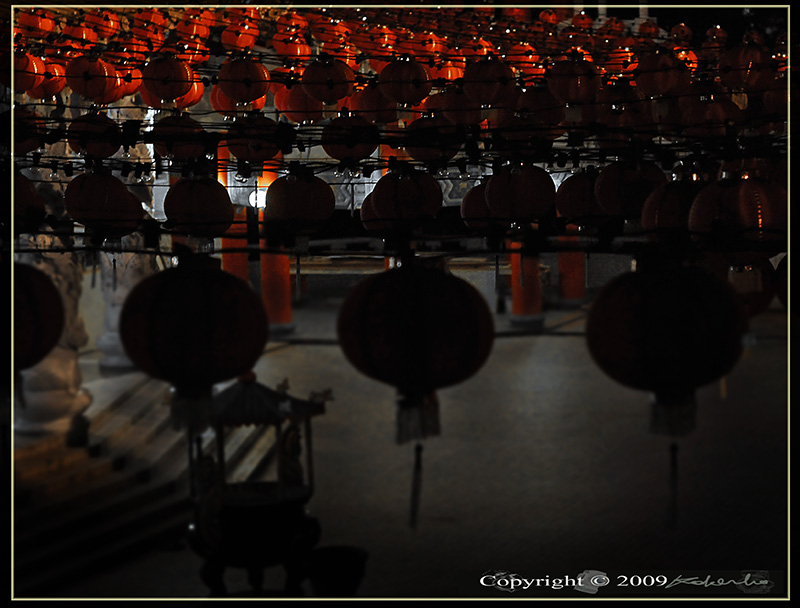

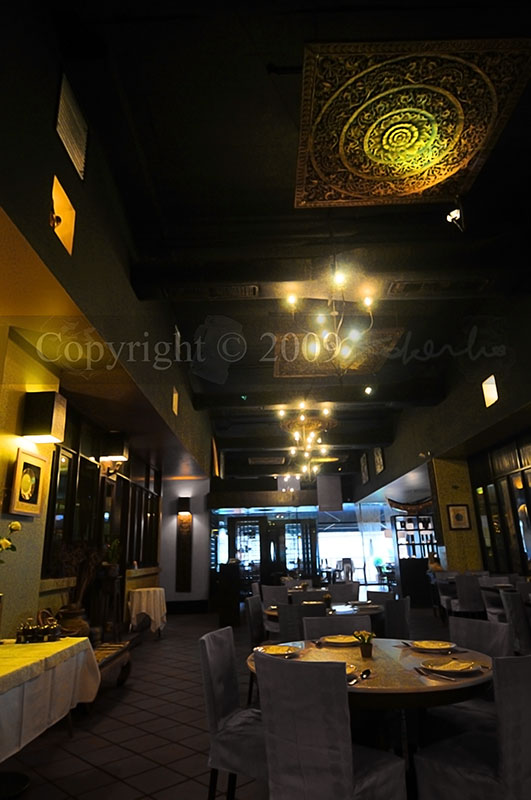
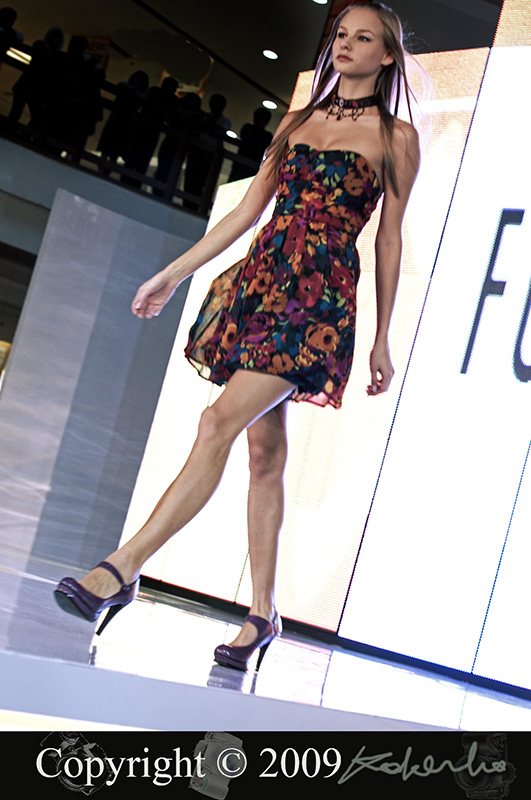
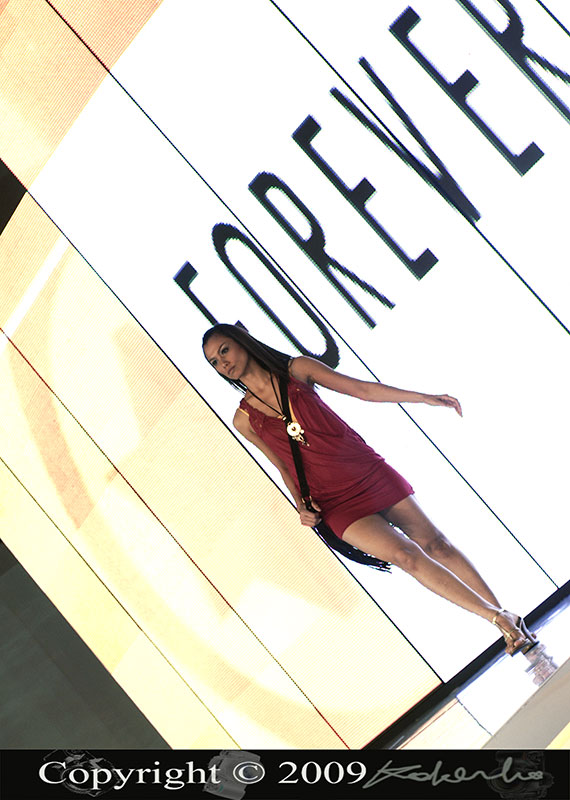
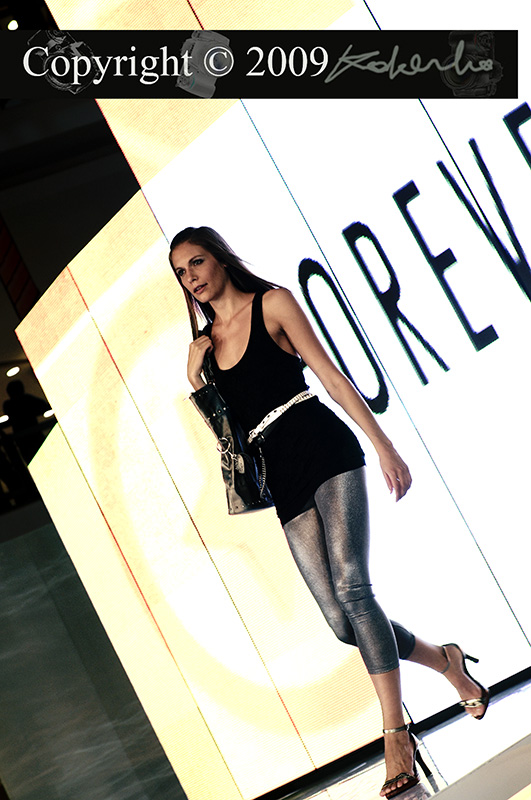


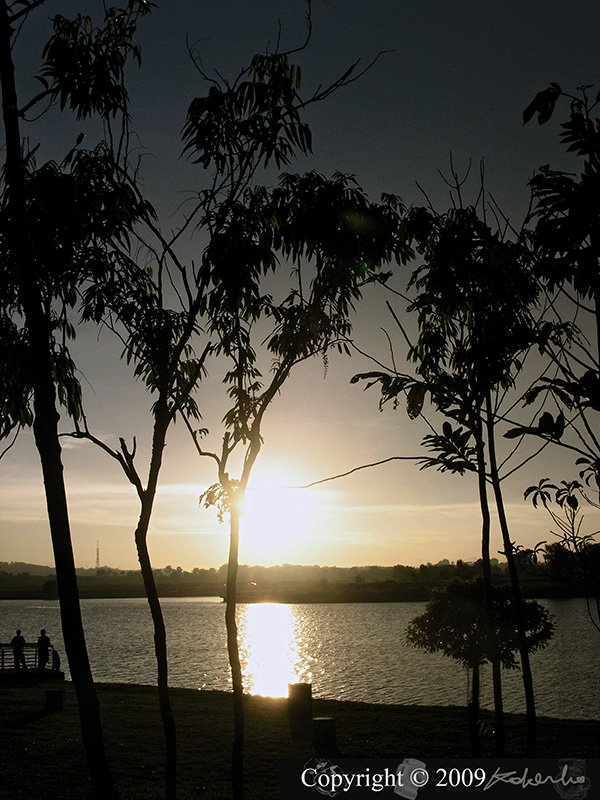 The setting sun, low rays
The setting sun, low rays




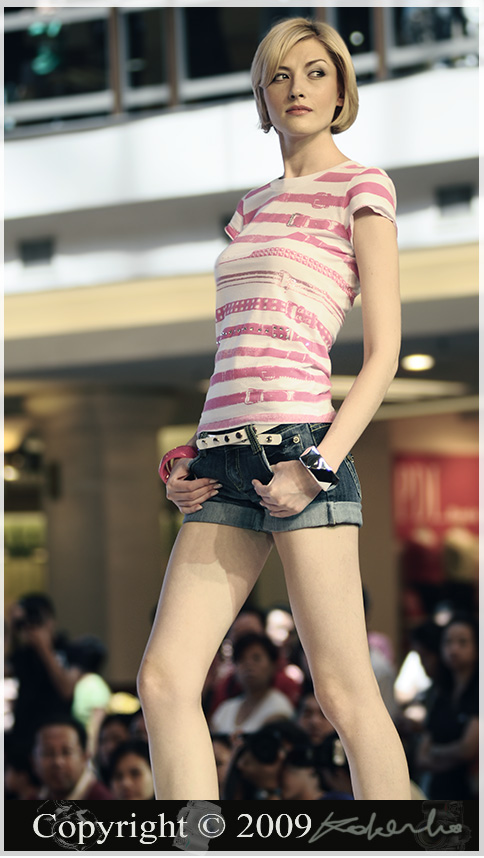
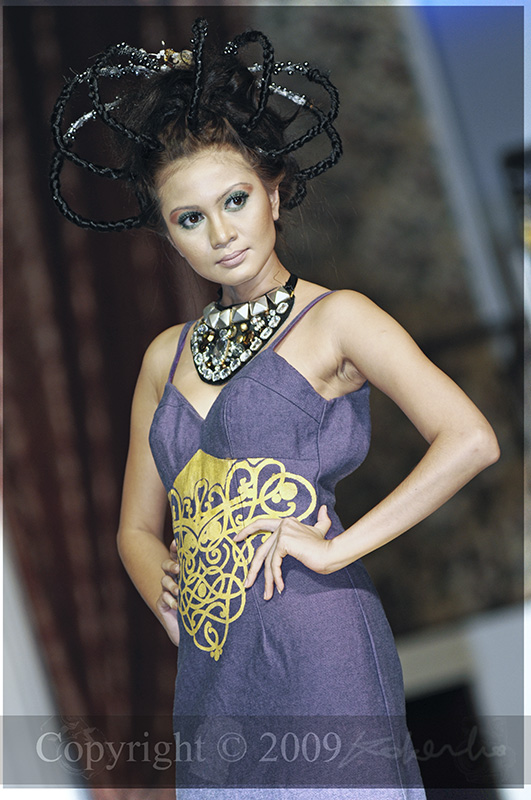 The hip pose :This is a classic at the end of the runway. Most models does this hip pose, some with modifications.
The hip pose :This is a classic at the end of the runway. Most models does this hip pose, some with modifications.
